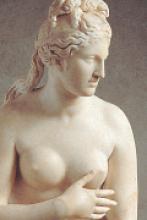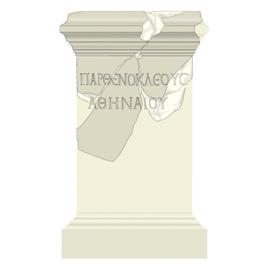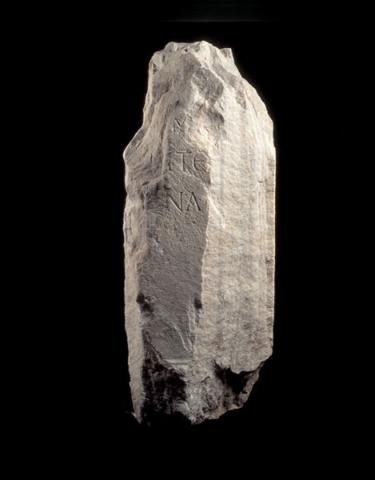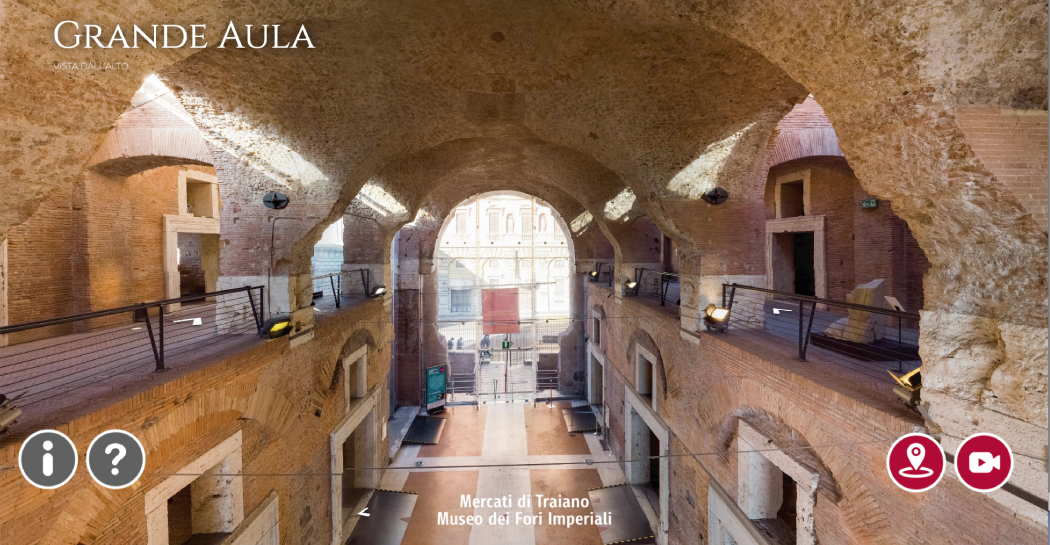Introduction to the Templum Pacis
Old texts describe the Temple of Peace as an open-air museum with works from some of the most famous Greek artists of the time, some of which were plundered from Greece and Asia Minor by Nero so that they could adorn his Domus Aurea.

Built on the theme of Universal peace, to celebrate the end of the wars abroad, symbolized by the spoils from the Jewish revolt, it tied in neatly to another theme close to the hearts of the Flavian dynasty – peace inside the Empire – represented here by the “restitution” of works of art that Nero had kept for himself, to the people of Rome. One can imagine the richness of the sculptural decorations in the square just by seeing the plinths on which the statues once stood, each of which bore the name the artist who had sculpted it and details of where he came from.The similar shape of the plinths, and the style of lettering used on the inscriptions suggests that they date to the restoration work carried out after the fire in 192 AD.
The bronze bust of the stoic philosopher, Chrysippos (281-208/204 BC), discovered in the western portico area in a strata of earth that dates back to the Middle Ages was another of the exceptional excavations.



















































